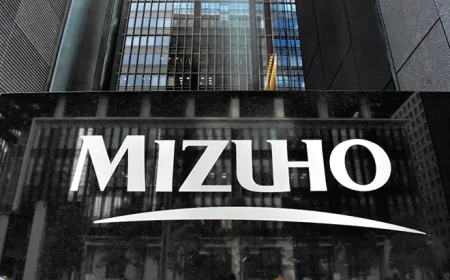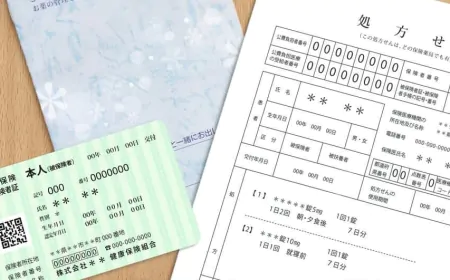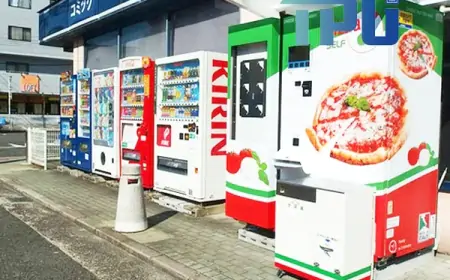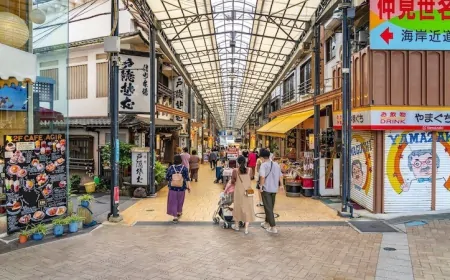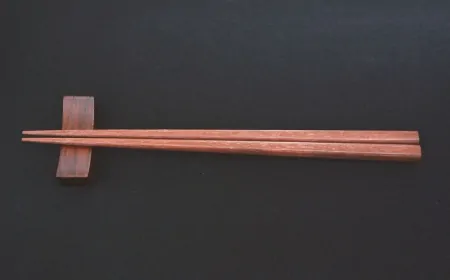Bunka no Hi: Celebrating Japanese culture
Culture Day, known as "Bunka no Hi" (文化の日) in Japan, is celebrated on November 3rd every year with the message of "cherishing freedom and peace and contributing to the promotion of culture."

This day was established in 1948 to commemorate Japan's post-war constitution, which was proclaimed on November 3, 1946. The first week of November is designated as Culture and Education Week (教育と文化の週), during which various events related to education and culture are organized nationwide to raise public awareness and understanding, involving schools and universities across the country.
Before its current significance, November 3rd held a special place in the hearts of the Japanese people as it coincided with the birthday of Emperor Meiji (reigned from 1867 to 1912). In 1927, it became a national holiday known as "Meiji Setsu - 明治節." However, with the desire to emphasize the importance of the three words "Freedom, Peace, and Culture" following the promulgation of the post-war constitution, November 3rd was officially renamed Culture Day.
Events during Bunka no Hi
Culture Day extends beyond a single day and lasts for several days with a wide array of festivals and events taking place throughout the country. These events include art exhibitions, parades, and prestigious award ceremonies recognizing those who have made outstanding contributions to promoting Japanese culture. Many art, history, and science museums open their doors to the public for free during this period. Special exhibitions are designed to showcase different periods of Japanese history.
Bunka-kunsho Awards Ceremony
The Culture Awards (Bunka-kunsho - 文化勲章) ceremony takes place at the Imperial Palace in Tokyo. This is a Japanese decoration awarded to individuals who have achieved excellence in the fields of science, technology, academia, and the arts, contributing to the promotion of the country's culture. The decoration was established in 1937 by then-Prime Minister Hiroyuki Hirota and is presented annually on Culture Day by the Emperor of Japan.
To date, over 400 individuals have received this prestigious award, and not all of them are Japanese. Notable recipients include American-born Japanese scholar Donald Keene, fashion designer Issey Miyake, painter Ikuo Hirayama, and scholar Haruko Wakita. However, Kenzaburo Oe, a renowned Japanese novelist who won the Nobel Prize in 1994, is the only person to have declined the Culture Award to this day.
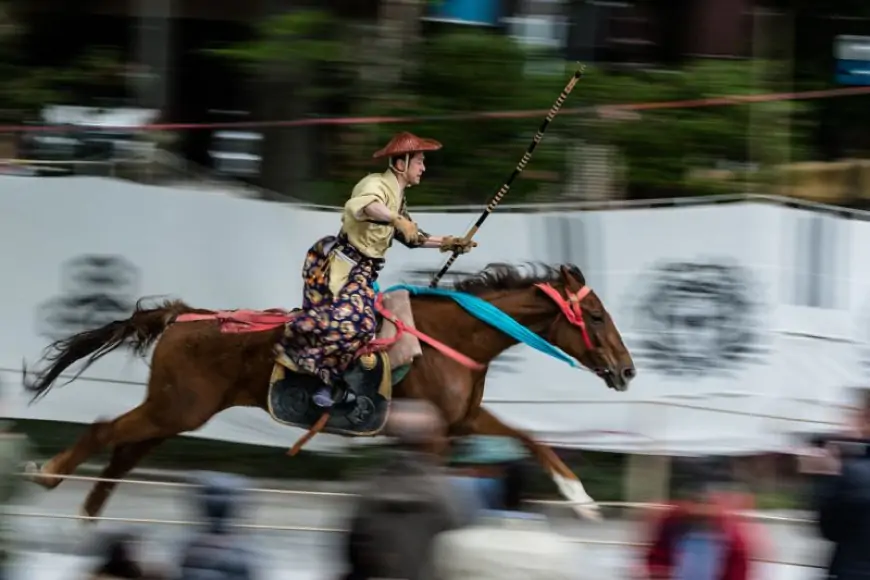
Yabusame performance. Photo: tokyoesque
Meiji Shrine autumn festival
This three-day festival (November 1st to 3rd) at Meiji Shrine commemorates the birthday of Emperor Meiji and features various martial arts performances to introduce Japanese culture to visitors. The festival includes the following main events:
- Bugaku (舞楽): A dance performed to select the cream of the crop, mostly from the Japanese imperial court, for over 1,200 years.
- Noh (能): A traditional stage art that combines music, dance, lyrical poetry, and high aesthetics.
- Kyogen (狂言): A comical and satirical play based on everyday life.
- Hogaku (邦楽): Traditional Japanese music.
- Aikido (合気道): A modern martial art known as the "way of harmony."
Meiji Shrine is a royal shrine associated with the nobility, so the performers are often prominent figures in their respective fields. For example, the Sumo dohyo-iri, the ring-entering ceremony, is performed by Yokozuna, the highest-ranked sumo wrestlers, of whom there have been only 72 since the 18th century.
Hakone Daimyo Gyoretsu – Feudal Lord Procession
The Hakone Daimyo Gyoretsu (箱根大名行列) is held in Yumoto, Hakone, Kanagawa Prefecture, to recreate the procession of feudal lords visiting Edo during the Tokugawa shogunate. The parade involves 200 men and women dressed in various historical costumes, representing princesses, samurai, yakko footmen, laborers, and more, to commemorate the historic Tokaido route that connected Edo (modern Tokyo) with Kyoto.
Tokyo Jidai Matsuri and Shirasagi No Mai Dance
The Tokyo Jidai Matsuri (東京時代祭) is a historical reenactment parade that showcases the history and culture of Tokyo along the streets of Asakusa. It was first held in 1999 as part of the Tokyo Renaissance event, an effort to recognize Asakusa's unique historical and cultural significance in Tokyo. Approximately 1,600 volunteers participate, wearing historical costumes representing different eras. The parade starts from Sensoji Temple and concludes at Asakusa Tawaramachi.
Another event at Sensoji Temple on this day is the Shirasagi No Mai Dance (白鷺の舞) featuring performers dressed as white herons. This tradition began in 1968 to mark the centenary of Edo being renamed Tokyo.
National Arts Festival ACA
Since 1946, the National Arts Festival of the Agency for Cultural Affairs (ACA) has been organized to allow the general public to appreciate outstanding Japanese artistic works and encourage creativity and artistic development. This event takes place in the autumn and features sponsored performances and productions in various categories, including performance (theater, music, dance, and entertainment), or production (television, documentaries, radio, and audio recordings). Participants are individuals who have made significant contributions to promoting cultural and artistic activities, often having received major awards, and are selected by the Minister of Education, Culture, Sports, Science, and Technology.
Culture Day in Japan is a time for celebration, reflection, and appreciation of the country's rich cultural heritage. It's an occasion when people come together to honor their history and the significant role of culture in Japanese society.
-------------------
Injavi.com - Visit Japan | Visit in Japan
Guide to living, studying and working in Japan
Related Products







![【ふるさと納税】[PROEVO] アルミスーツケース フレームキャ...](https://thumbnail.image.rakuten.co.jp/@0_mall/f405221-oki/cabinet/07205886/ay_sku/ay-s0027_00.jpg?_ex=128x128)
